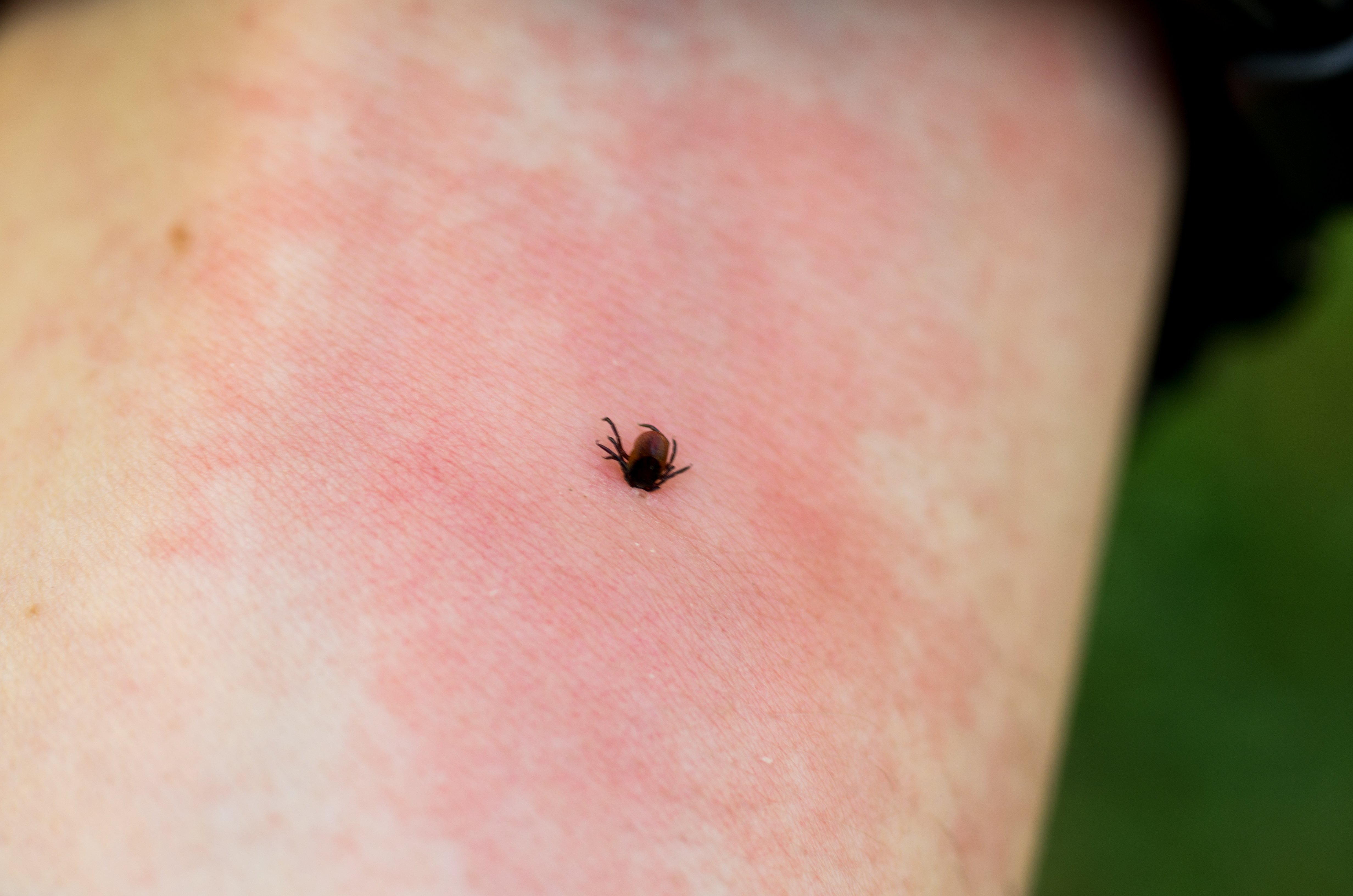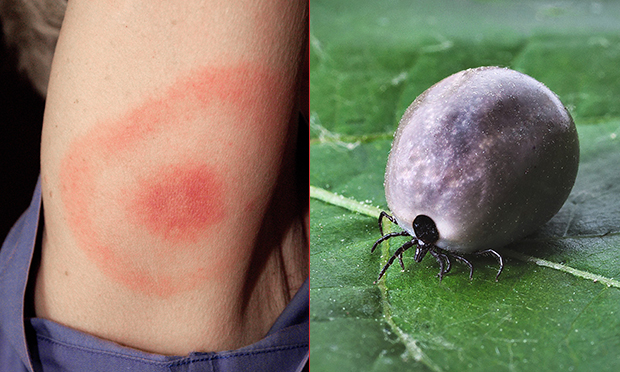

brain disorders, such as encephalopathy, which can cause short-term memory loss, difficulty concentrating, mental fogginess, problems with following conversations, and sleep disturbance.Stage 3 can occur months or years after the tick bite. Late disseminated Lyme disease occurs when the infection hasn’t been treated in stages 1 and 2. The symptoms of stages 1 and 2 can overlap.

#Lyme disease tick bite professional#
A healthcare professional may order the following tests: Testing during early localized infection is not recommended.īlood tests are most reliable a few weeks after the initial infection, when antibodies are present.

pain or swelling in your large joints, such as your knees, shoulders, or elbows.The symptoms of post-Lyme disease syndrome are similar to those that occur in the earlier stages of the condition.

Most people recover, but it can take months or years. Treatment is primarily focused on easing pain and discomfort. Post-Lyme disease syndrome can affect mobility and cognitive skills. If you’re treated for Lyme disease with antibiotics but continue to experience symptoms, it is referred to as post-Lyme disease syndrome or post-treatment Lyme disease syndrome.Ībout 10 to 20 percent of people with Lyme disease experience this syndrome, according to a 2016 article published in the New England Journal of Medicine. If your child seems to be acting differently and can’t explain why or what they’re feeling, it’s important to talk with their doctor, as these changes could be a sign of many conditions, including Lyme disease. According to a 2019 review, some parents reported the following psychological issues in their child with Lyme disease: You may also notice some psychological symptoms in your child. These symptoms may occur soon after the infection, or months or years later. Lyme disease symptoms in childrenĬhildren generally experience the same Lyme disease symptoms as adults. Get medical attention immediately if you have any of these symptoms. a flat, circular rash that looks like a red oval or bull’s-eye anywhere on your body.These are some of the more common symptoms of Lyme disease: Some people will also present in a later stage of disease without having symptoms of earlier disease. Symptoms can vary in severity.Īlthough Lyme disease is commonly divided into three stages - early localized, early disseminated, and late disseminated - symptoms can overlap. People with Lyme disease may react to it differently.


 0 kommentar(er)
0 kommentar(er)
